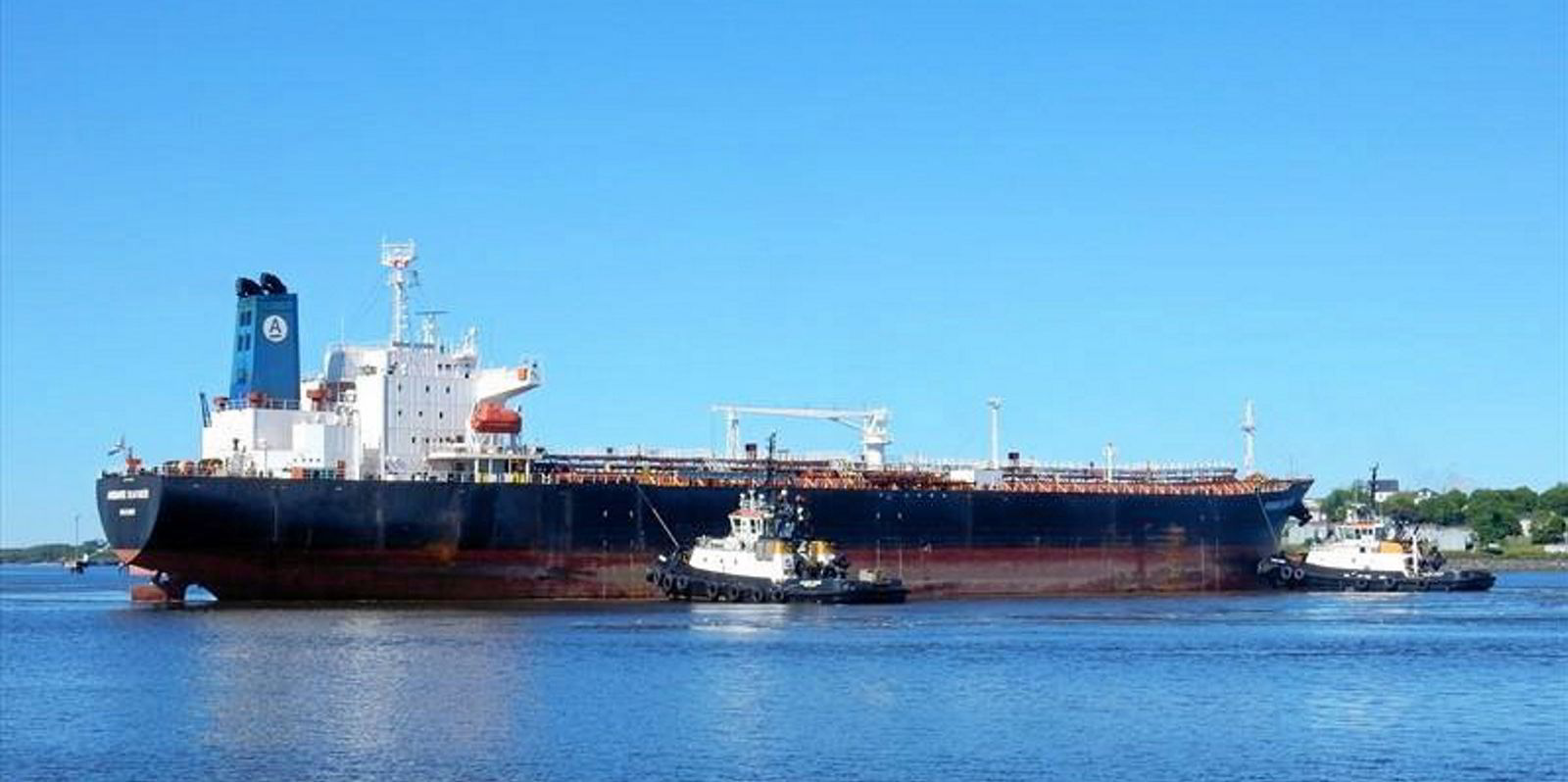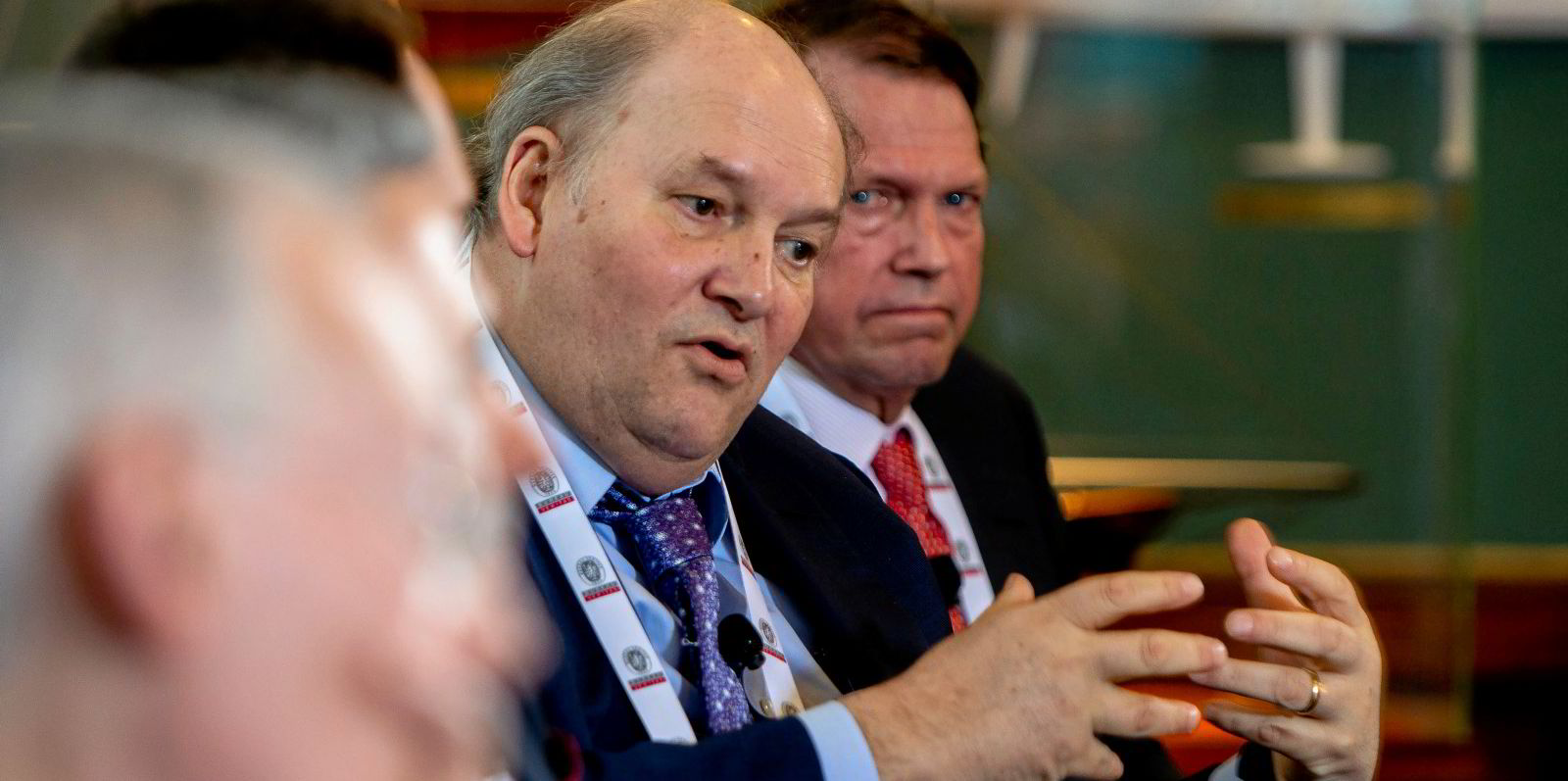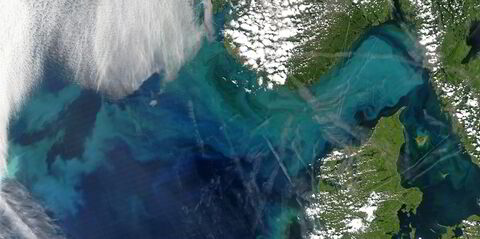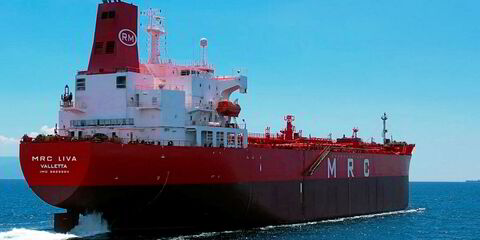Ardmore Shipping's first separate sustainability report reveals an 8% cut in CO2 emissions as it adapted quickly to new technologies.
The Ireland-based owner's fleet of product tankers produced 390,000 tonnes of CO2 in 2020, down from 423,000 tonnes in 2019.

2019 CO2 emissions: 423,000 tonnes
2020 emissions: 390,000 tonnes
Annual reduction: 8%
Non-fossil fuel cargoes carried in 2020: 25%
Female shore staff: 54%
Female managers: 43%
Female officer cadets: 12%
Industry female officer cadet average: 2%
Photo: Lionel Comeau/MarineTraffic
Weather-routing software cut up to 4,600 tonnes from the total, while a propeller boss cap fin achieved 3% savings from reducing drag.
Chief executive Anthony Gurnee told TradeWinds that the measures it has adopted have a "subtle but cumulative effect".
"Not all measures are being reflected in the data due to a changing market situation relating to speed and bunkers consumed, length of voyage, waiting time and the kind of cargoes being carried," he said.
The company has a policy of super-slow steaming when possible.
"The lightbulb moment for us and probably others is if you're going at a certain speed just to wait for a cargo, then you might as well slow and burn less fuel," Gurnee said.
"If the whole industry did that, then I think we'd substantially reduce our emissions."
Ardmore has installed power-management systems that keep a steady load on the engine, as well as software to measure performance in real time.
Gurnee said a key component of its carbon-reduction drive is allowing the organisation to be creative.
Half-and-half paint job
Ardmore has carried out an interesting experiment with hull coatings, painting a recently drydocked tanker with one product on one side and the other with a rival coating.
"Every paint manufacture says theirs is better and now we're going to know," Gurnee said.
The tanker boss added that this idea came from "quite a junior person" at the company.
"There are advantages to being small, you can be more nimble, more creative," Gurnee said.
He added that he has heard from staff at larger companies that they just can't get approval for new ideas, or struggle to gain management's attention.
He said Ardmore's managers are all involved operationally.
"Our performance is quite good vis-a-vis larger companies," he said.
But the question faced by all owners regarding all this innovation is: Can it be made to pay?
Gurnee said the business has to be run to drive performance, but owners can also be progressive at the same time.
Profit and progress
"We think the two go hand in hand," he said.
Ardmore runs a capital-expenditure (capex) analysis to determine returns on investments.
"If it's fairly low, it's probably not that impactful and/or quite expensive. Then we look for something else," Gurnee said. "Most of the things we've done have had really impressive returns on capital, so it's good for business as well as good for the environment."
Ardmore has previously included environmental, social and governance information in its annual report, but decided to strip it out this year.
Gurnee said: "It's important for investors and bankers but, more to the point, it's really important for our organisation."





